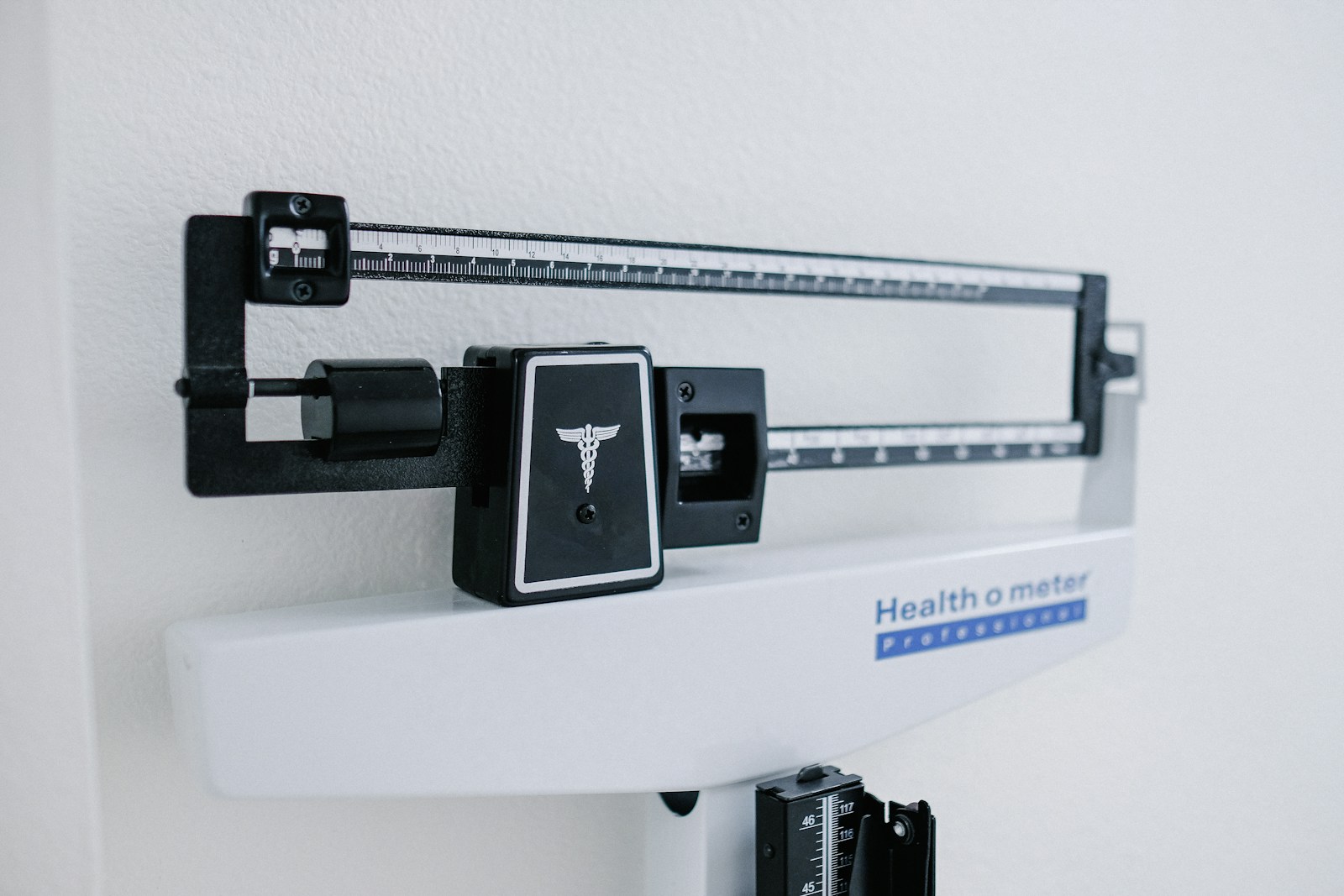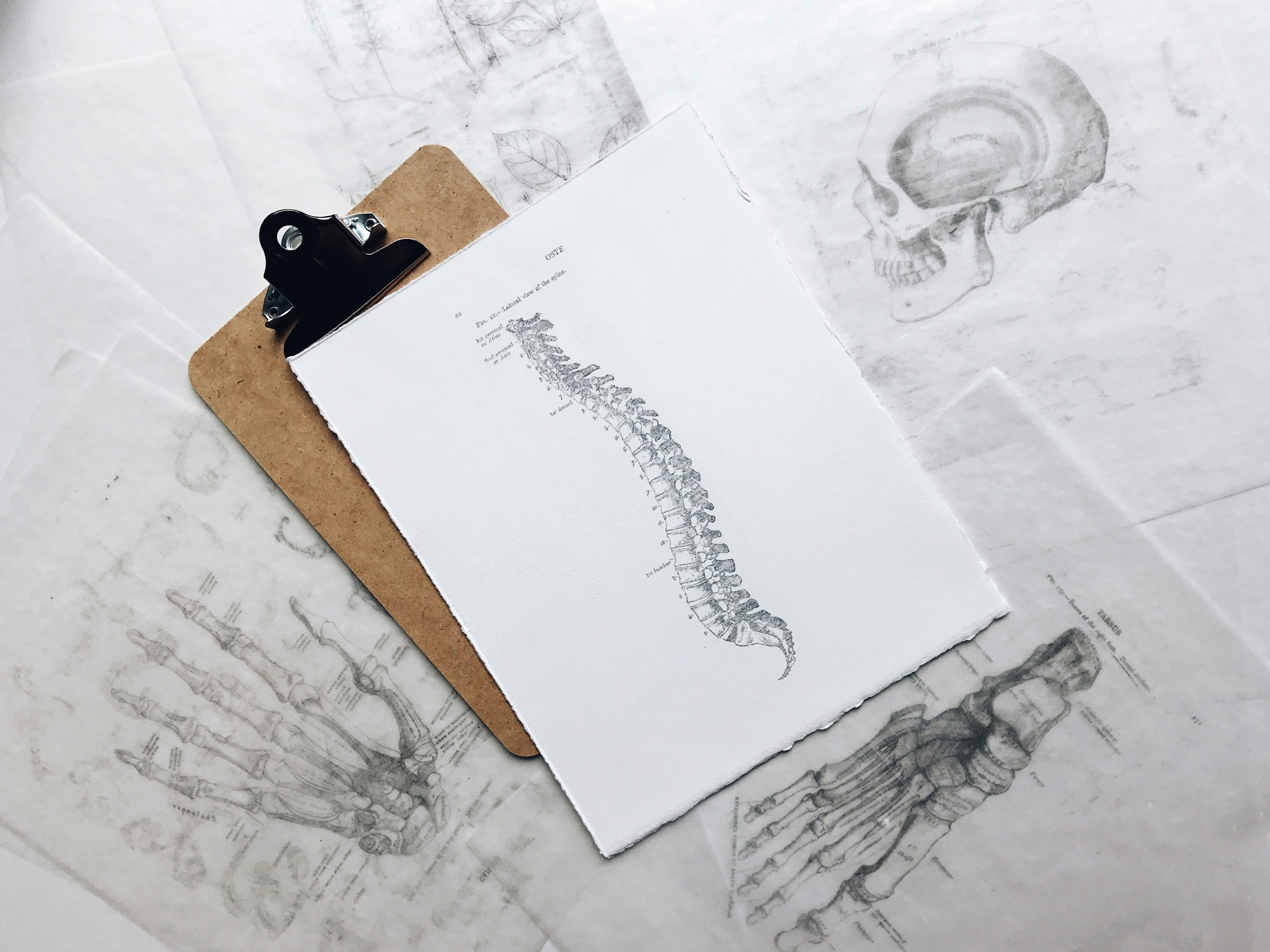Deciding which bariatric surgical treatment to undertake is crucial for patients who have severe obesity and related complications. Of the many choices available, the duodenal switch is the most effective due to its restrictive and malabsorptive mechanisms.
Nevertheless, knowing how it differs from other bariatric procedures, such as gastric bypass and gastric sleeve, is crucial to making a decision. This guide provides a comprehensive overview of the Modified Duodenal Switch procedure and how it compares to other bariatric surgeries.
What is a Duodenal Switch?
The duodenal switch is a type of bariatric surgery that involves two procedures. The first part entails developing a smaller stomach pouch similar to a gastric sleeve to minimize food intake. The second part diverts a significant amount of the small intestine and reduces the intake of calories and nutrients.
This dual mechanism makes the Modified Duodenal Switch a very effective surgical intervention for the treatment of obesity and obesity-related conditions, including type 2 diabetes and hypertension.
Gastric Bypass (Roux-en-Y)
Gastric bypass is another form of bariatric surgery that involves both restriction and malabsorption. It involves forming a small stomach pouch and then directly attaching it to the jejunum by bypassing the central stomach and the duodenum. Gastric bypass causes significant weight loss.
But there are side effects such as dumping syndrome, where food is digested too fast from the stomach to the intestine, causing nausea and dizziness. The risks of nutrient deficiencies are lower with gastric bypass, but compared to the modified duodenal switch, they still need dietary attention and supplementation.
Gastric Sleeve (Sleeve Gastrectomy)
Gastric sleeve is a weight-loss surgery in which a large portion of the stomach is removed, leading to a banana-shaped stomach. This procedure limits food intake and the production of ghrelin, a hunger-stimulating hormone.
It is a more straightforward procedure than the duodenal switch and gastric bypass and does not carry the risks of nutrient deficiencies as it does not involve altering the intestines. It is a good choice for losing weight and treating metabolic disorders. However, it may not be as ideal for patients with very high BMI or severe metabolic syndrome as the duodenal switch.
Things to Keep in Mind While Selecting a Procedure.
The criteria for determining the type of bariatric procedure that best suits an individual depends on BMI, health conditions, lifestyle and weight loss goals. The duodenal switch is preferred for patients with a BMI of more than 50 or those with a severe metabolic condition.
However, its long-term implications and lifelong nutritional monitoring might make it unattractive to others. Gastric bypass represents an optimal combination of effective weight loss and metabolic changes with reasonable risks. On the other hand, the gastric sleeve is a less complicated and less risky procedure with less pronounced results.
Summary
The duodenal switch provides the highest weight loss and metabolic improvements but requires the greatest adherence to post-operative care. Gastric bypass and gastric sleeve are effective alternatives with different levels of invasiveness and complication rates. It is always advisable to consult a bariatric surgeon and a nutritionist who will assist you in balancing these factors to determine the best decision to support your journey to good health.







